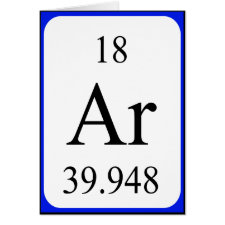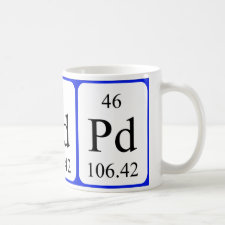
Authors: Huang J, Cui WR, Wang YG, Yan RH, Jiang W, Zhang L, Liang RP, Qiu JD
Article Title: Rational designed molecularly imprinted triazine-based porous aromatic frameworks for enhanced palladium capture via three synergistic mechanisms.
Publication date: 2022
Journal: Chemical Engineering Journal
Volume: 430
Article Number: 132962.
DOI: 10.1016/j.cej.2021.132962
Alternative URL: https://www.sciencedirect.com/science/article/pii/S1385894721045381
Abstract: Herein, molecular imprinting technology (MIT) was introduced into construction of molecularly imprinted triazine-based porous aromatic frameworks (MI-TBPAFs) via Heck-coupling reaction for palladium extracting from wastewater. According to the decorating Pd-vinylpyridine complex (Pd@Vpy), MI-TBPAFs were given considerable tailor-made binding sites with strong affinities for palladium, which captured palladium from various metal ions precisely. The adsorption experiments showed that the extraction capacity of MI-TBPAF-3 was improved by 59.0% (435.4 mg/g) under simulated sunlight radiation. Mechanism analysis proved that Pd2+ was reduced into Pd0 by MI-TBPAF-3 via photocatalytic and chemical reduction effects originating from triazine base and pyridine nitrogen atoms in the extended π-conjugated framework respectively, thereby greatly increasing adsorption capacity by the sorption-reduction strategy. Organically combining the advantages of MIT, photocatalytic reduction and chemical reduction, three synergistic mechanisms, not only provides a new strategy for highly efficient palladium extraction, but also inspires new insights for precious metal recovery
Template and target information: palladium ion, Pd(II)
Author keywords: molecular imprinting technology, Photocatalysis, Chemical reduction, adsorption, palladium



Join the Society for Molecular Imprinting

New items RSS feed
Sign-up for e-mail updates:
Choose between receiving an occasional newsletter or more frequent e-mail alerts.
Click here to go to the sign-up page.
Is your name elemental or peptidic? Enter your name and find out by clicking either of the buttons below!
Other products you may like:
 MIPdatabase
MIPdatabase









